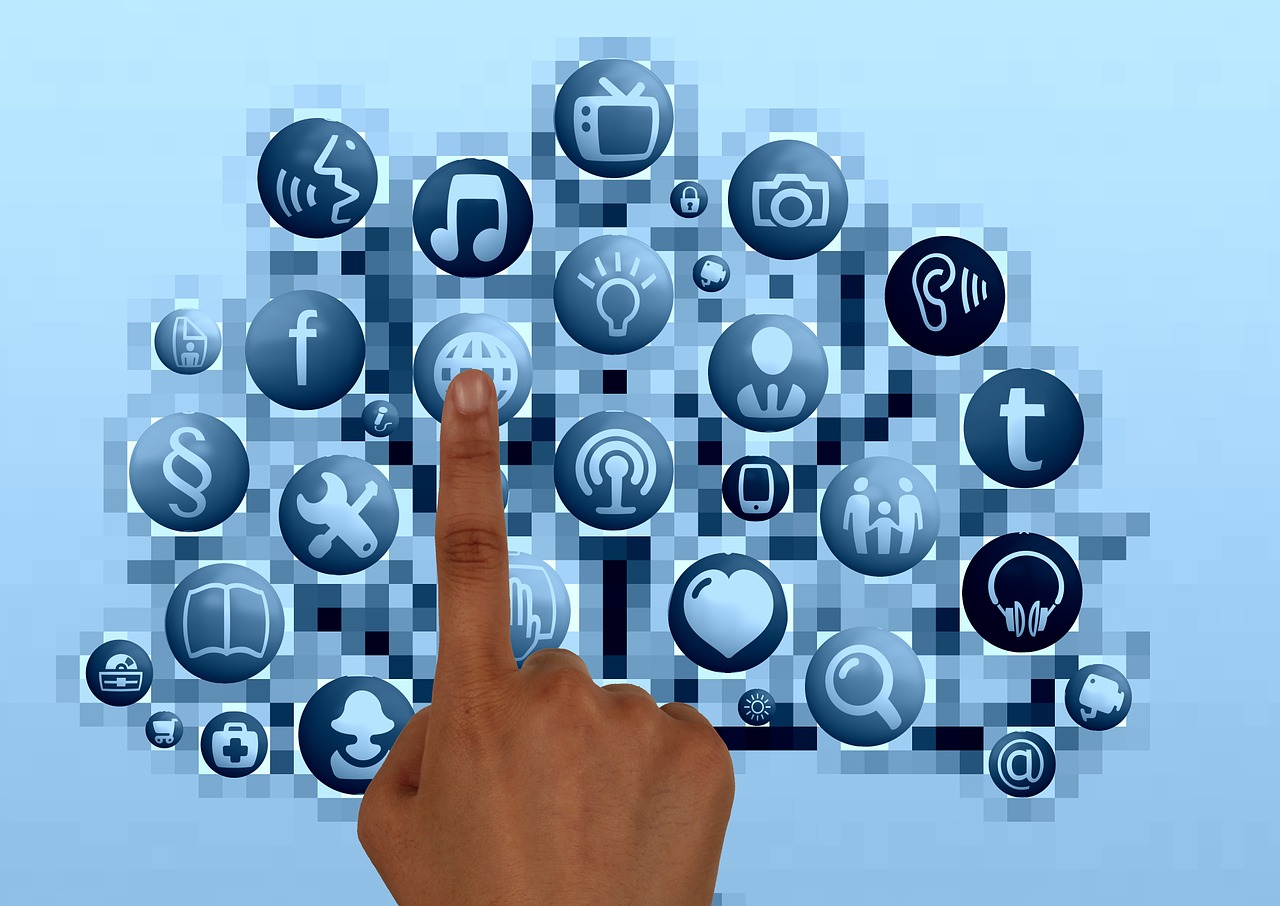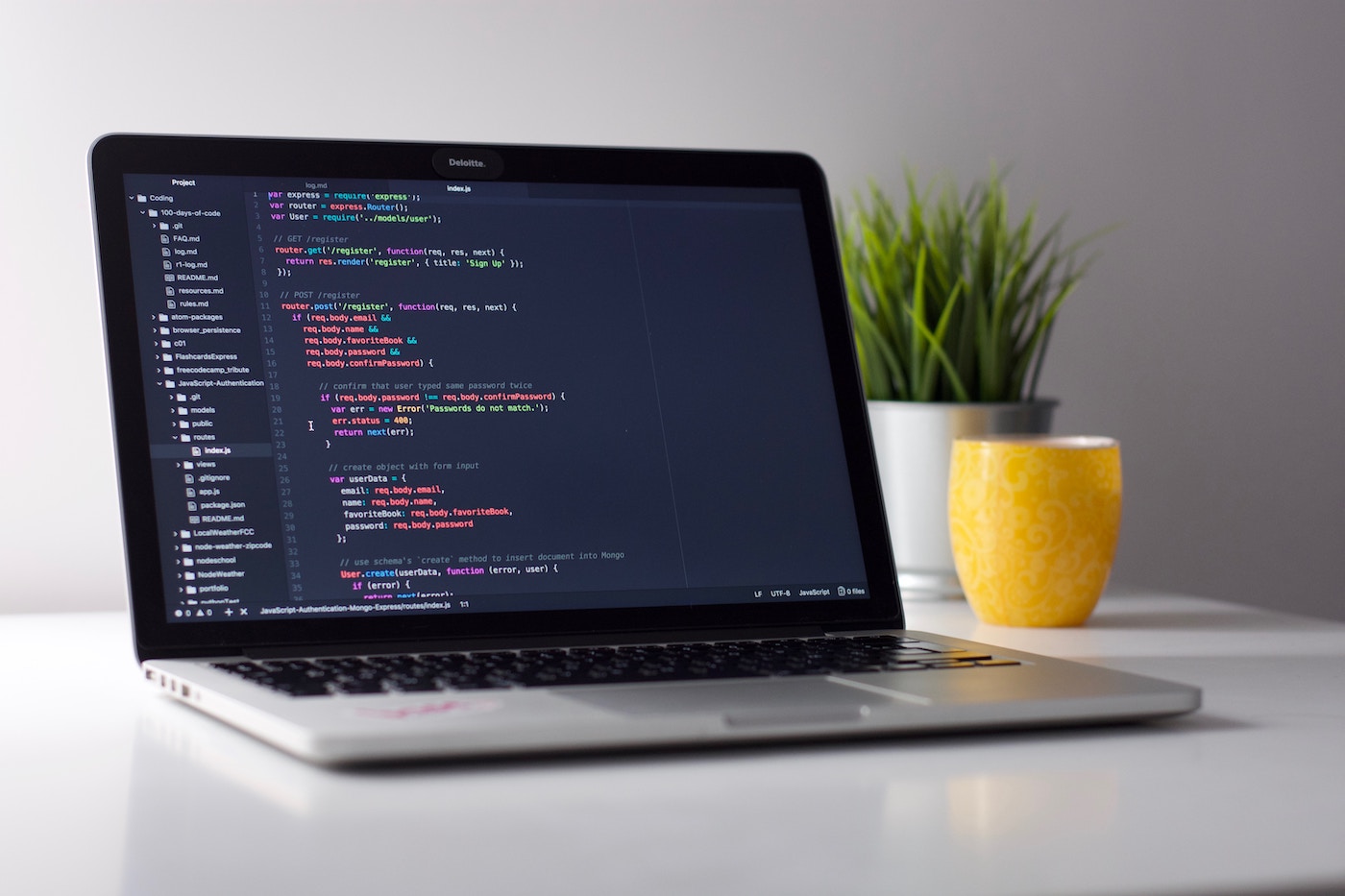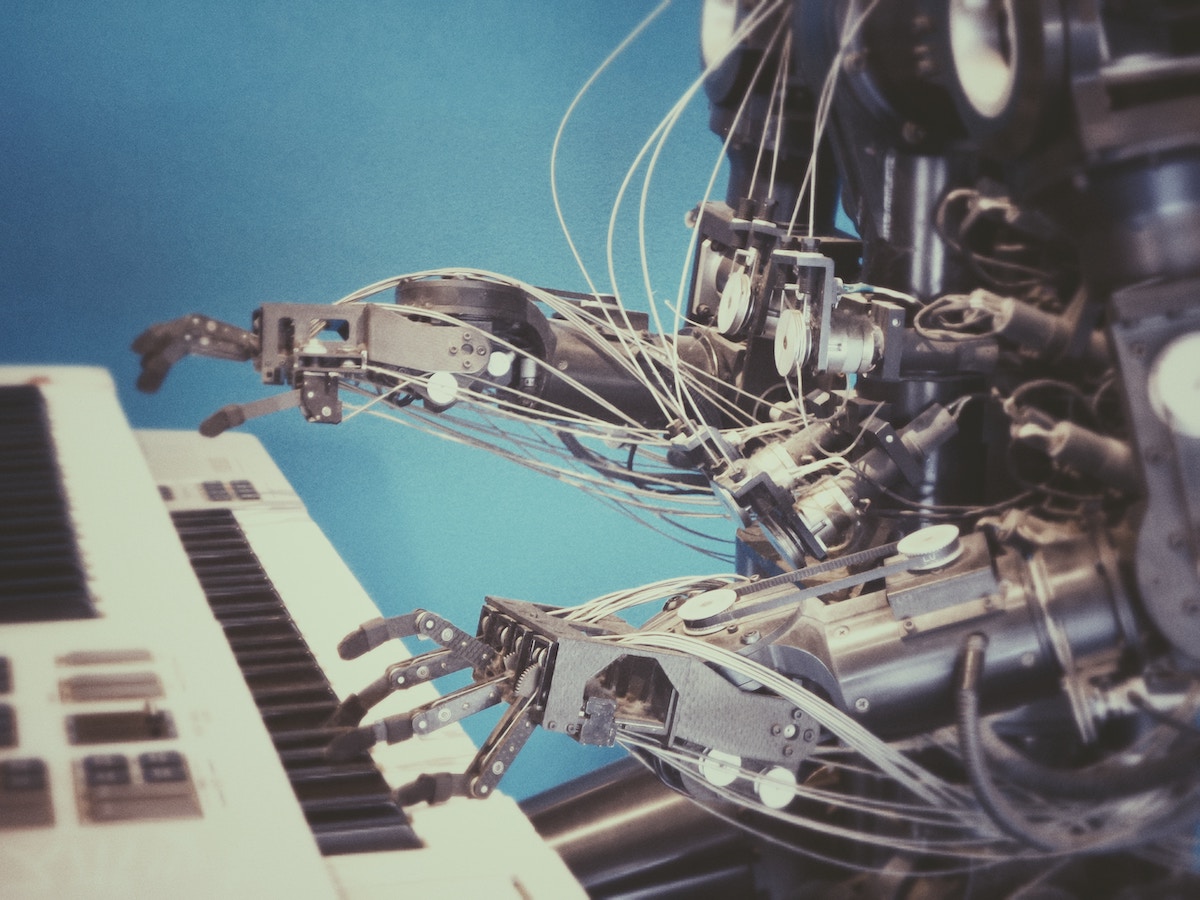By Sebastian Pereira, Information Systems & Processes at Santex

The Internet of Things, or IoT, is the inter-networking of physical devices, vehicles, buildings, and other items embedded with electronics, software, sensors, actuators, and network connectivity which enable these objects to collect and exchange data.
Wikipedia states that the first discussion around “a thing” that was interconnected was a Coke machine that would determine how many drinks were available.
IoT use cases include several applications that range from connected homes, consumer electronics, industries, retail, logistics, government, automobiles, among other areas.
But if it has been around for so many years, perhaps with different names but with the same discussion in the background, why are we not surrounded by all of these things already? Jayson DeMers, in his Forbes article, states that part of the problem is too much competition with not enough collaboration. This is something that discourages and delays the revolution. It is also encouraging bigger companies such as Google, Amazon, and Apple. They are taking a step into the problem so that they might drive that collaboration with their own applications and infrastructure.
This competition and lack of collaboration can be seen as symptoms of a much bigger problem, posing a series of challenges that everybody will have to solve together and agree upon in order for the revolution to occur. We are talking about a potential market of billions of dollars for services and applications that range from seemingly trivial things to those that are more complex and with higher impacts on societies and economies.
Following are the top three challenges I think we have on the horizon with IoT:
- Security. This is mainly based on the fact that IoT implies more and more devices will be connected through networks, and therefore there will be more opportunities for hackers to exploit. The one thing we have learned over the years is that no one is secure, Basically, more interconnected devices means more problems which means more problems to be solved.
To serve as a terrifying example, one of many, take a look at this article, where hackers stopped a journalist’s car in the middle of a highway to prove their point: they can control a car remotely, mentioning this scary scenario: “Imagine last year if instead of cutting the transmission on the highway, we’d turned the wheel 180 degrees,” says Chris Valasek. I can imagine. But he spells it out anyway. “You wouldn’t be on the phone with us. You’d be dead.”
- Connectivity. If we go back to the definition stated at the beginning of this article, IoT implies that a lot of devices are interconnected and, aside from the security challenge, this means that there will be more efficient ways to have all of these devices talk to each other. The (now) classic way of connecting devices as a centralized paradigm for authorization and connection of different nodes within a network may be heading to a decentralized model, such as Fog Computing. With this, data, computing, storage, and applications are distributed in the most logical and efficient way between the data source and the cloud. There are other solutions where the decentralization is higher, but certainly each option is tied to different security challenges.
- Making sense of the data. Does Big Data sound big enough? Imagine something even bigger. IoT will pose the challenge of cleaning, processing, and interpreting vast amounts of data produced by sensors. Gartner estimates that there will be 25 billion connected things in use by 2020. Internet networking specialist Cisco ISBG’s forecast is for 50 billion connected devices. To offer an example of this from the airline industry, at last year’s Paris Air Show, Bombardier showcased its C Series jetliner that carries Pratt & Whitney’s Geared Turbo Fan (GTF) engine, which is fitted with 5,000 sensors that generate up to 10 GB of data per second.
So basically, applying analytics to IoT has the same general approach on a different scale: how data is collected and how it is interpreted, as well as how it can be used. This Forbes article states that applying Machine Learning to analyze the data will be a more efficient option. Given that the current manufacturers of sensors and IoT applications are not experts in analyzing and getting good quality information that can be actionable, new services are starting to appear on the horizon. One example is Machine Learning As a Service, where buyers can quickly get the insights they need without making huge investments in technologies that are not core to their business.
Of course, there are many other challenges with IoT and many problems to solve, but that’s what makes this so interesting to talk about and work on. Other challenges that can be mentioned are:
- Power
- Sensors
- Standards
- User Experience and User Interface
- Waste Disposal
- Data Storage
- Laws and Regulations
It certainly creates a huge opportunity for business, whether for good or bad purposes.
Sources:
- https://en.wikipedia.org/wiki/Internet_of_things#History
- https://www.forbes.com/sites/jaysondemers/2016/11/16/7-technology-trends-that-will-dominate-2017/#4f39e7f34a51
- http://www.ti.com/ww/en/internet_of_things/iot-challenges.html
- http://www.cio.com/article/3166106/internet-of-things/4-critical-security-challenges-facing-iot.html
- https://www.wired.com/2016/08/jeep-hackers-return-high-speed-steering-acceleration-hacks/
- http://e2e.ti.com/blogs_/b/thinkinnovate/archive/2016/02/02/the-top-6-challenges-facing-iot-and-how-we-are-overcoming-them
- https://www.bbvaopenmind.com/en/3-major-challenges-facing-iot/
- https://www.sitepoint.com/4-major-technical-challenges-facing-iot-developers/
- http://www.libelium.com/resources/top_50_iot_sensor_applications_ranking/
- https://www.aylanetworks.com/iot-use-cases
- https://www.bbvaopenmind.com/en/3-major-challenges-facing-iot/
- https://www.sitepoint.com/4-major-technical-challenges-facing-iot-developers/
- http://internetofthingsagenda.techtarget.com/definition/fog-computing-fogging
- http://www.kdnuggets.com/2016/05/aot-challenges-analytics-things.html
- https://www.ge.com/digital/press-releases/how-airlines-are-tapping-internet-things
- http://aviationweek.com/connected-aerospace/internet-aircraft-things-industry-set-be-transformed
- https://www.sas.com/en_us/insights/articles/big-data/making-sense-of-streaming-data-in-the-internet-of-things.html#
- https://www.forbes.com/sites/mikekavis/2014/09/04/making-sense-of-iot-data-with-machine-learning-technologies/#5044ab055ee1






